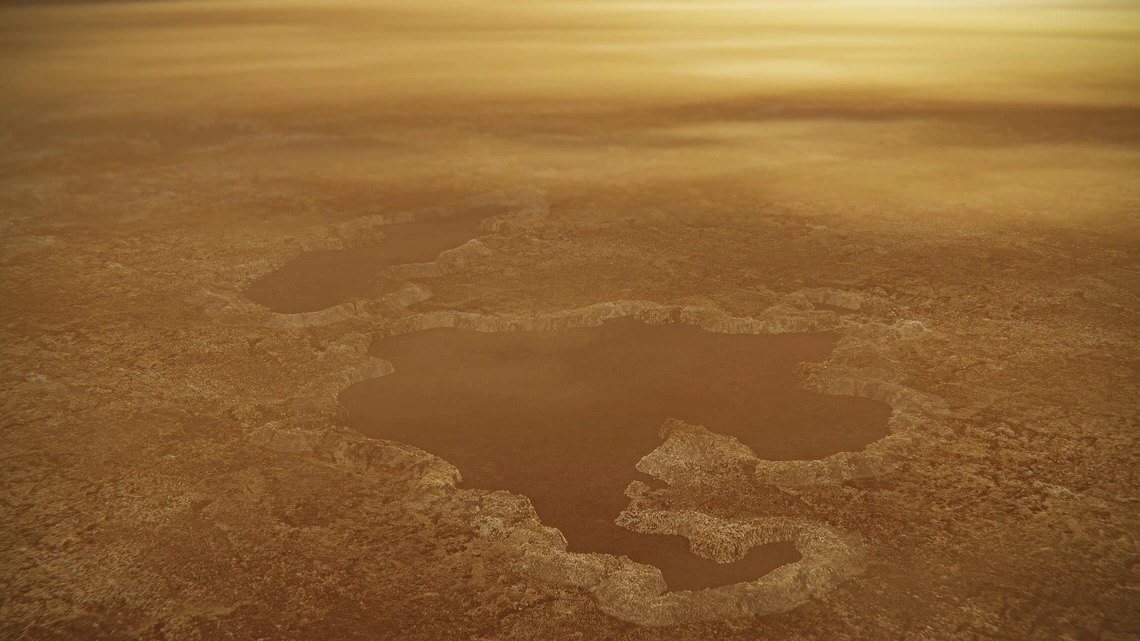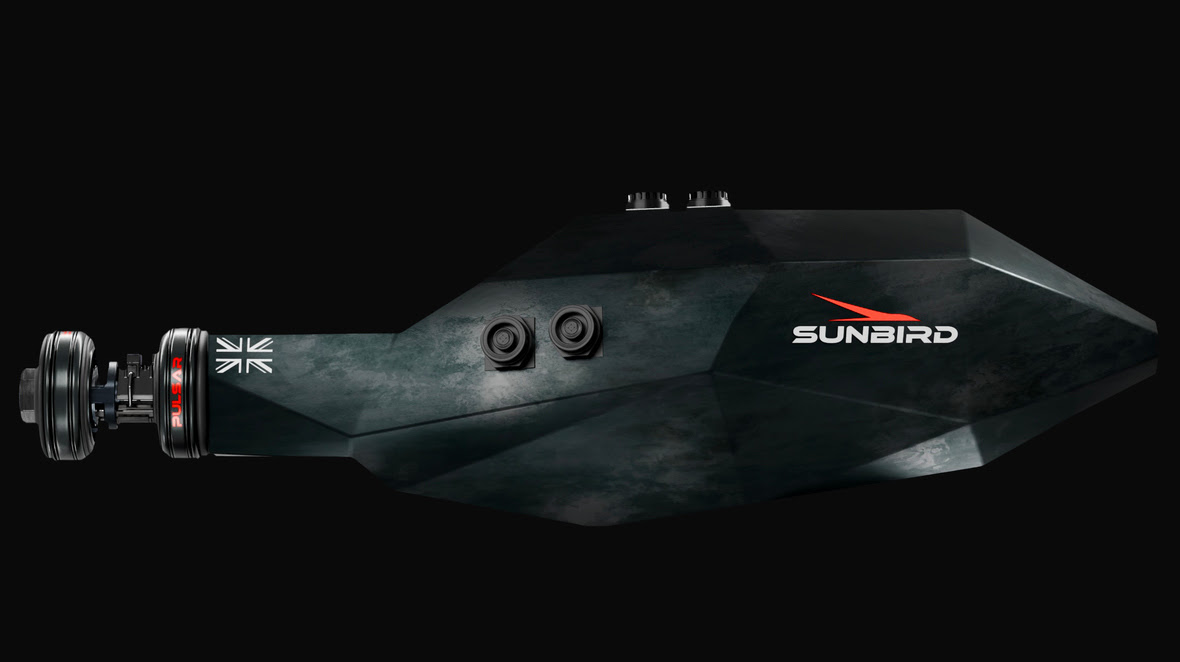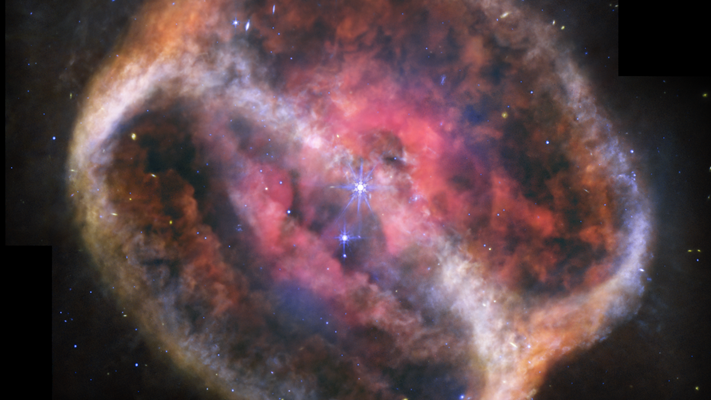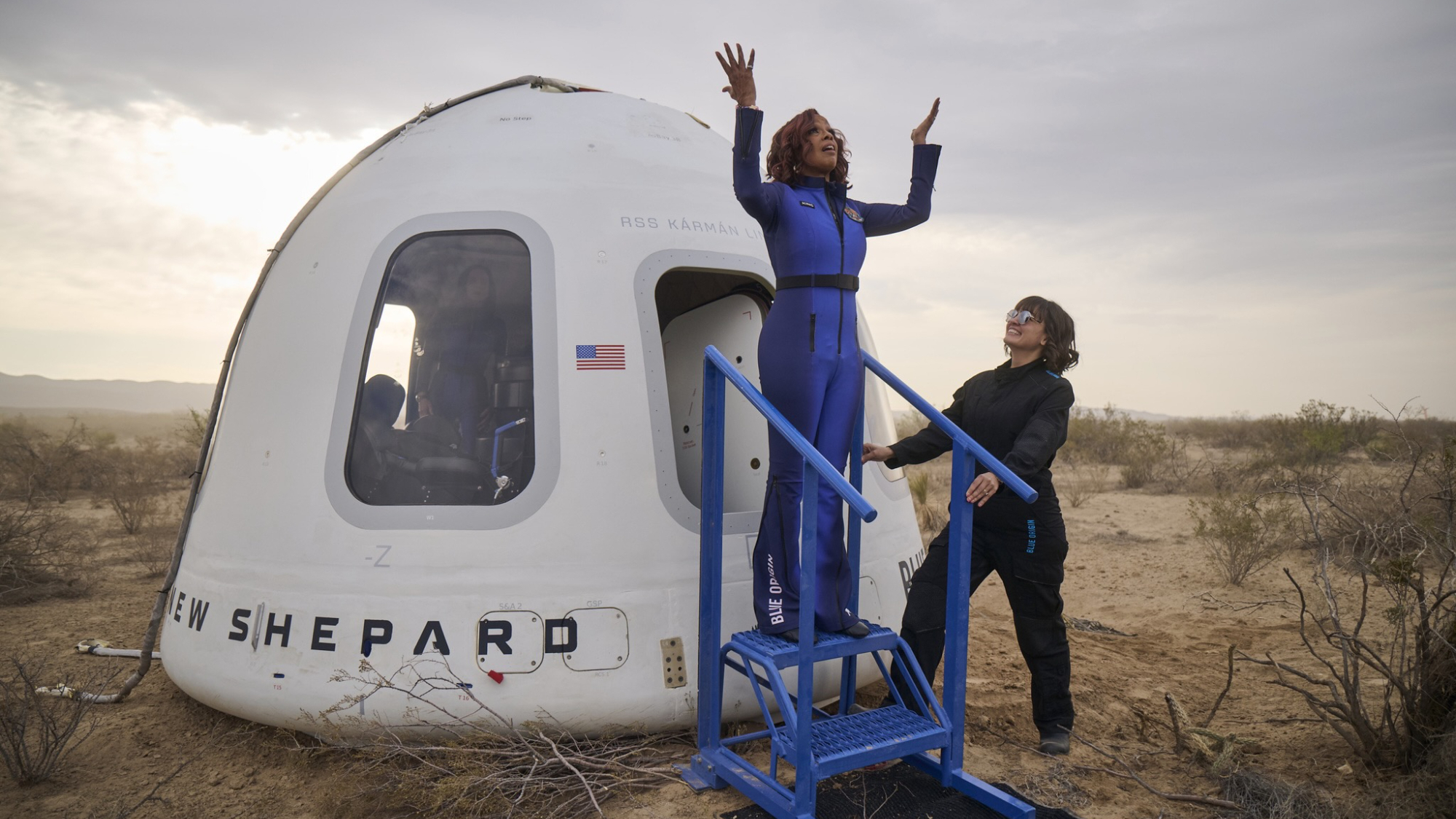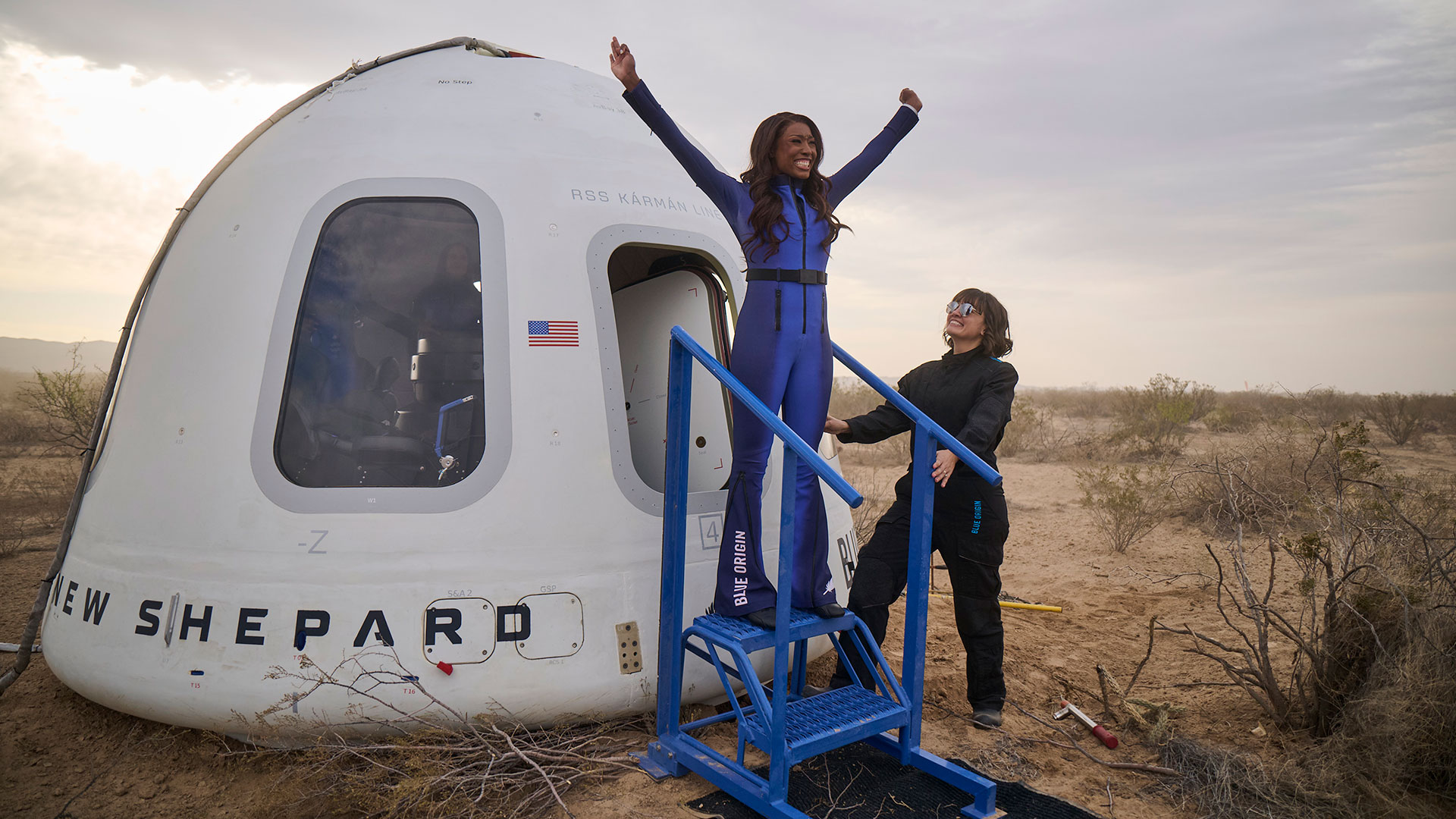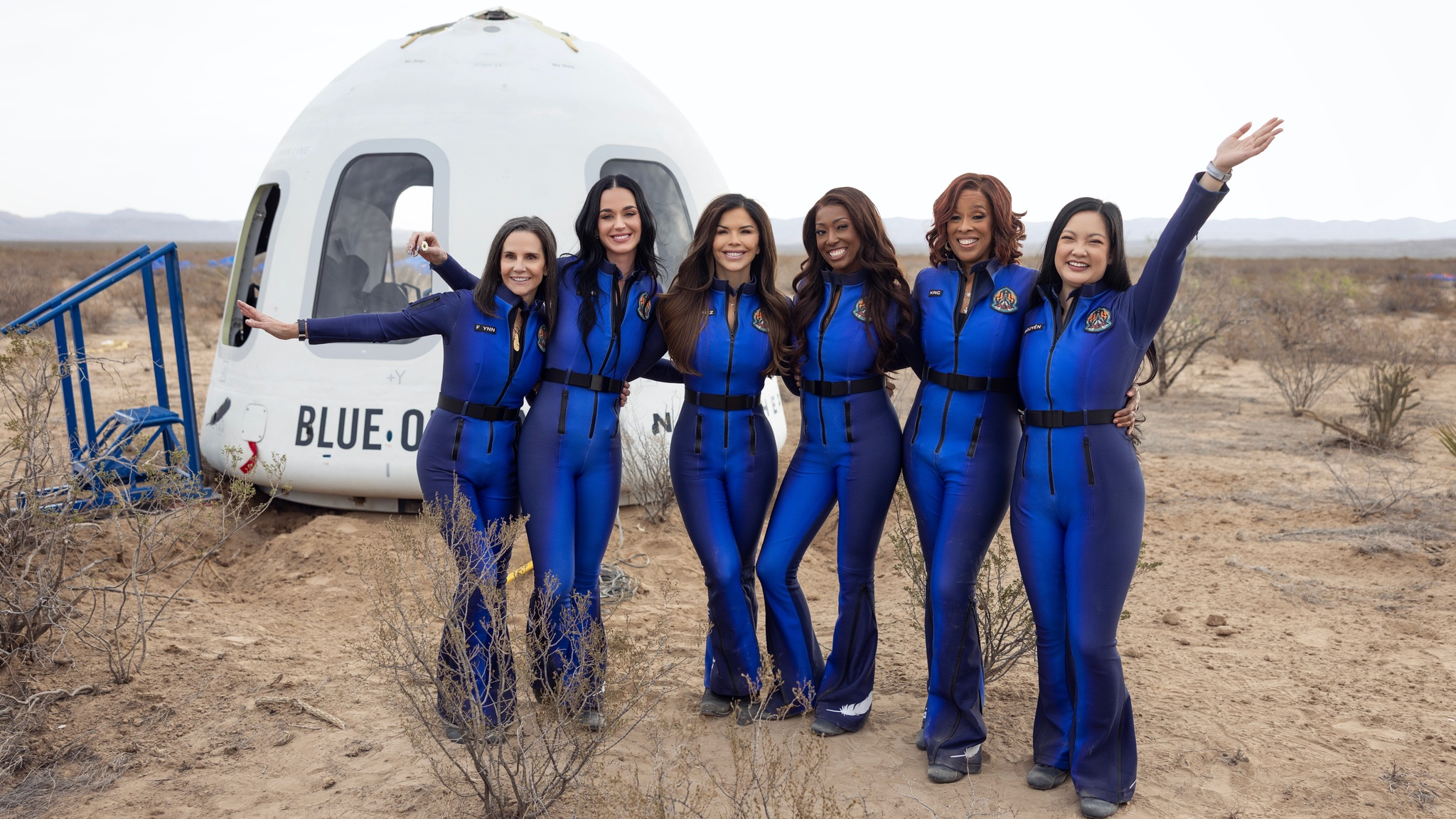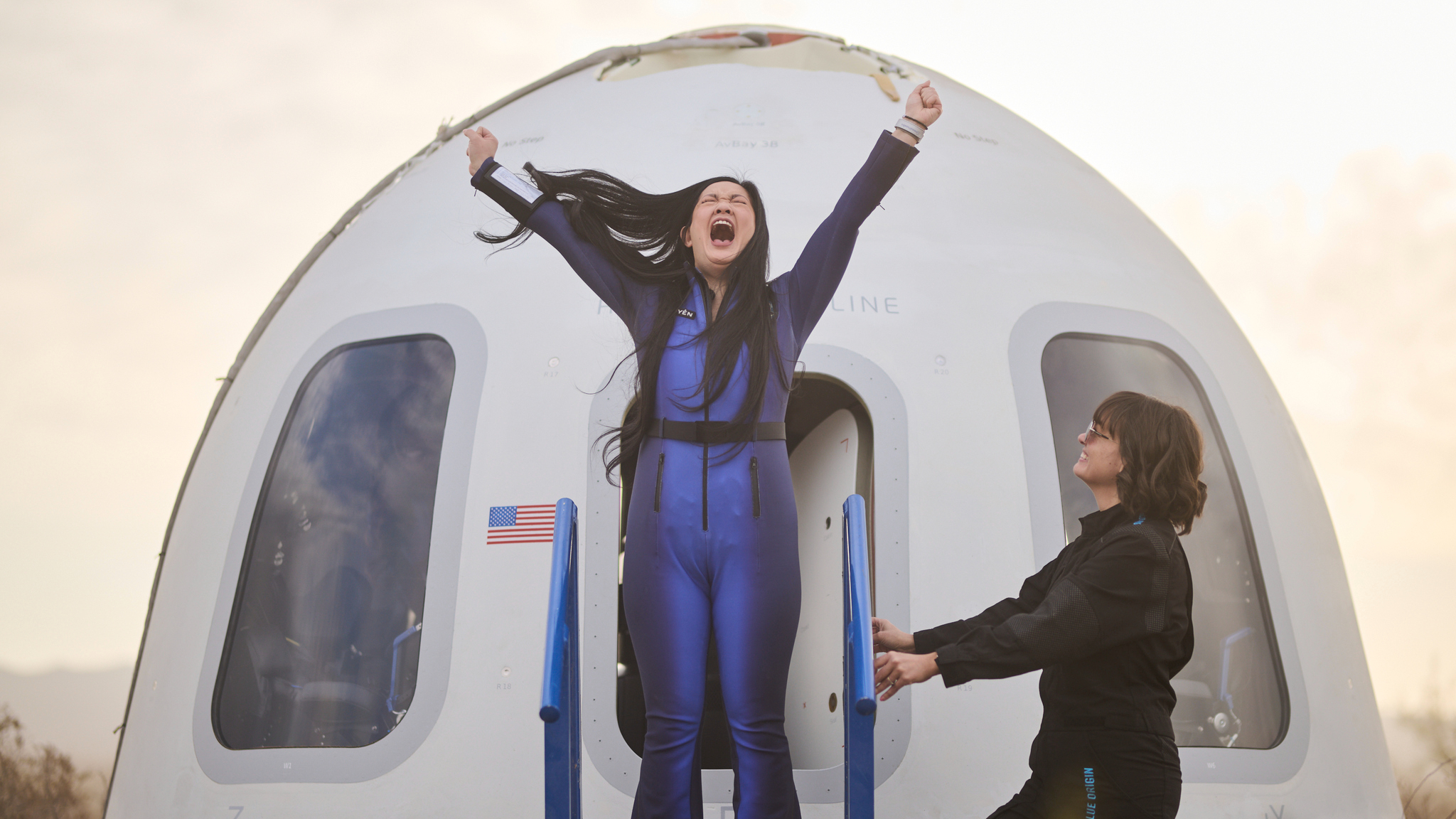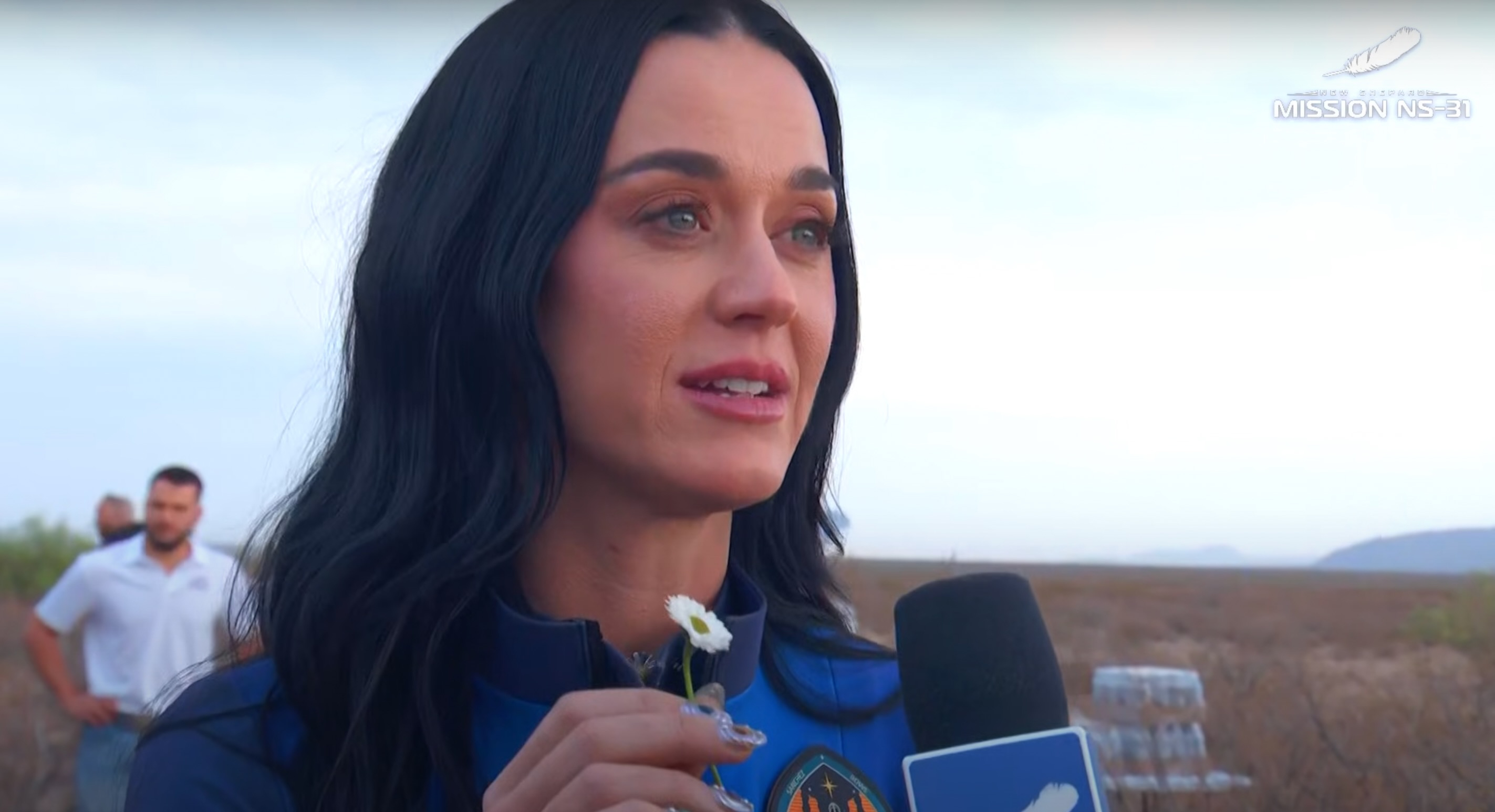
30 years after warp drives were proposed, we still can't make the math work
To construct a warp drive, we'd need 10 times more negative energy than all of the positive energy in the universe.

In 1994, Mexican theoretical physicist Miguel Alcubierre decided to figure out if the "warp drive" from his favorite science fiction shows was possible. Amazingly, he found a way to make it feasible, but it's still unclear if it could ever actually work.
Although it's impossible to travel faster than light, the restriction applies only to local measurements. It's possible to manipulate space-time in such a way that superluminal motion is achievable. For example, the expansion of the universe drives apart galaxies faster than the speed of light, but because every galaxy is at rest in its local patch of space, it's all good.
Alcubierre's idea was to employ a similar trick. His warp drive solution to general relativity employs a region of perfectly flat space. In front of that bubble is a region of compressed space, and behind it is a region of expanded space. This crunching up of space allows the interior bubble and its contents to move at any speed it wants — even faster than light. Amazingly, the occupants of the bubble won't feel anything weird. In fact, from their perspective, they won't be moving at all. Instead, their destination simply comes closer. But there's one problem: To construct a space-time with this precise geometry, we must employ negative mass, which doesn't appear to exist in the universe and would violate everything we know about motion, momentum and energy.
Even though there isn't any negative mass that we know of in the universe, there is negative energy. If you take two metal plates and hold them very close together, the quantum fields inside them are restricted; they can have only certain allowed wavelengths. This restriction, known as the Casimir effect, results in an attractive force between the plates and a region of negative energy.
A minuscule amount of Casimir-effect negative energy isn't enough to power a warp drive, though — and it may not work out anyway. Whether an Alcubierre warp drive is allowed is ultimately a question for quantum gravity, which we do not yet have a solution for.
In the meantime, we can only skirt around the edges, poking at various aspects of the warp drive and seeing what might happen to the quantum fields in that highly strange gravitational environment. This process of poking around has led to some interesting — and sometimes contradictory — insights about the nature of warp drives in the three decades since Alcubierre's original discovery.
For example, one set of calculations suggests that quantum fields at the edge of the warp bubble that sort of straddle the boundary between the inside bits and the outside essentially blow up to infinity as soon as you turn the thing on, which would be … bad.
Get the Space.com Newsletter
Breaking space news, the latest updates on rocket launches, skywatching events and more!
But other calculations say that applies only in limited cases and that if you ramp up the warp engine slowly enough, you'll be fine.
Yet more calculations sidestep all of this and just look at how much negative energy you actually need to construct your warp drive. And the answer is, for a single macroscopic bubble — say, 30 feet (100 meters) across — you would need 10 times more negative energy than all of the positive energy contained in the entire universe, which isn't very promising.
However, still other calculations show that this immense amount applies only to the traditional warp bubble as defined by Alcubierre. It might be possible to reshape the bubble so there's a tiny "neck" in the front that's doing the work of compressing space and then it balloons out to an envelope to contain the warp bubble. This minimizes any quantum weirdness so that you need only about a star's worth of negative energy to shape the drive.
But even more calculations show that even if you get ahold of some negative energy or negative mass, as soon as you start moving, you're going to run into problems — namely, that the negative mass will immediately start flowing out of the edge of the bubble (which is bad) at a speed faster than light (which is really bad). What ends up happening is that the exotic matter constructing the warp bubble can't keep pace with the bubble itself, so it just tears itself apart.
So, although warp drive seems implausible, the final verdict is uncertain. But it's still a fun thought experiment that allows us to explore some interesting and surprising connections between general relativity and quantum mechanics. And, of course, it makes our sci-fi shows more fun to watch — we don't have to wait millions of years for our favorite spaceship crew to reach their destination.
Join our Space Forums to keep talking space on the latest missions, night sky and more! And if you have a news tip, correction or comment, let us know at: community@space.com.
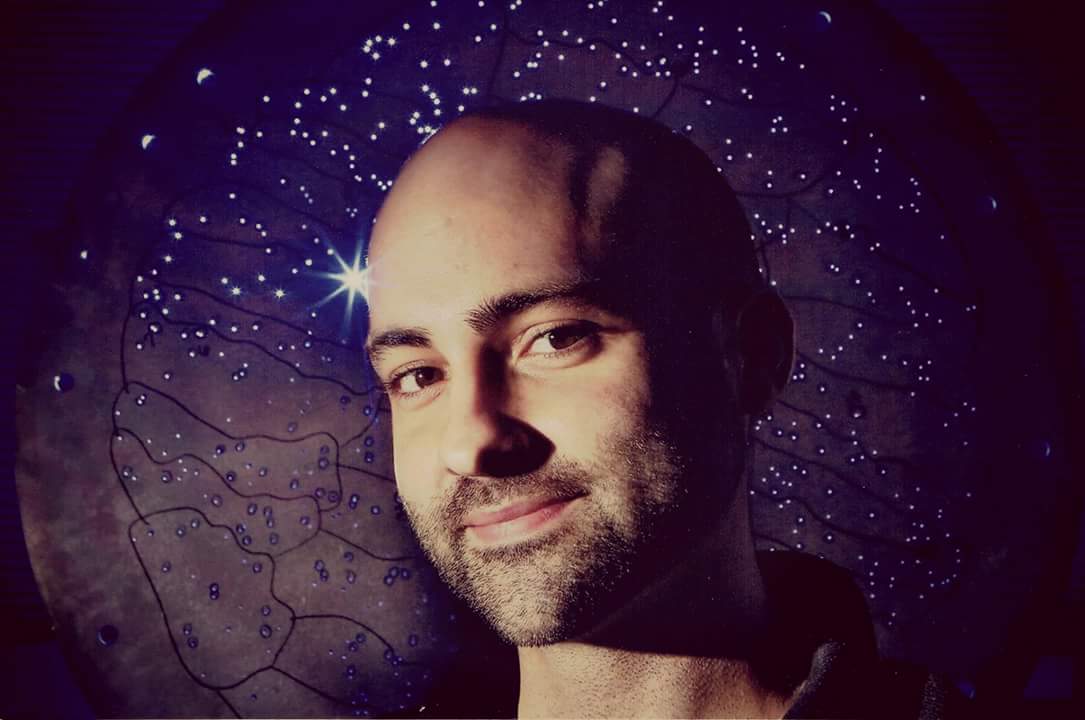
Paul M. Sutter is an astrophysicist at SUNY Stony Brook and the Flatiron Institute in New York City. Paul received his PhD in Physics from the University of Illinois at Urbana-Champaign in 2011, and spent three years at the Paris Institute of Astrophysics, followed by a research fellowship in Trieste, Italy, His research focuses on many diverse topics, from the emptiest regions of the universe to the earliest moments of the Big Bang to the hunt for the first stars. As an "Agent to the Stars," Paul has passionately engaged the public in science outreach for several years. He is the host of the popular "Ask a Spaceman!" podcast, author of "Your Place in the Universe" and "How to Die in Space" and he frequently appears on TV — including on The Weather Channel, for which he serves as Official Space Specialist.
-
Unclear Engineer "And, of course, it makes our sci-fi shows more fun to watch — we don't have to wait millions of years for our favorite spaceship crew to reach their destination."Reply
Yes, that could lead to insufferably long commercial breaks! ;) -
PMDR They used to say traveling the world wasn't possible because you can't ride a horse or walk across oceans. Of course not. But nobody travels that way. The point is, interstellar travel isn't accomplished by trying to use an existing method (ships) but faster, somehow.Reply
Trying to solve the problem using things like negative energy is like trying to walk across the ocean with really big floating shoes. To actually solve the problem, a wholly different approach is required, the same way we fly across oceans rather than try to walk across them.
The best that can be said is that at least people are trying to think of a way. -
enigma Maybe I'm being a bit too simplistic, but A) the universe is about 13.7 billion years old, B) the universe is about 91 billion years across. This implies that much (most?) of the universe has expanded faster than light. Now, the standard explanation is that all of these galaxies are traveling at less than the speed of light in their local frame, but the local frames are expanding faster than light. Well, isn't the exact point of Alcubierre ? A spaceship meanders along in its local frame, while the local frame is accelerated? And if it takes 10x the energy of the entire universe just to "warp" a region of 30 m (I assume you meant 30 M / 100 ft, not the 100 m / 30 ft as stated) - well, where is all this energy (to expand most of the universe faster than light) coming from? Seems like we're a couple hundred powers of 10 short.Reply -
Unclear Engineer Reply
The Big Bang Theory folks are calling it "dark energy" (and, before that, "inflation"). And the big question is what you just asked, "Where is all of this energy coming from?" Without it, the BBT doesn't work.enigma said:well, where is all this energy (to expand most of the universe faster than light) coming from? Seems like we're a couple hundred powers of 10 short. -
Classical Motion I am of the firm belief that man explored ALL the continents and oceans long, long before he could write or record it.Reply
The sun shadow, moon and stars gave them an orientation every day and evening. They were much more attune to daily change of such. Cycles within cycles.
Water was conquered and mastered with a tree. Our first carriage. Rivers were explored first.
After millennia of one way frustration, they hollowed the tree and made a paddle. And conquered and possessed the earth. With river road trade.
Trade gave us sailing science. From which all other science comes. The study of weather came from sailors, not farmers. Engineering came from sailors, not builders. The science of advantage came from sailors.
We sailed long, long before we built. Sailing allowed us to build.
Just an opinion. And an ocean boat is still a money hole. That hasn’t changed. -
billslugg Reply
Every observer has their own frame of reference and in that frame they are at zero velocity.enigma said:This implies that much (most?) of the universe has expanded faster than light. Now, the standard explanation is that all of these galaxies are traveling at less than the speed of light in their local frame, but the local frames are expanding faster than light.
We have no more knowledge about where the energy for expansion comes from than we know about where the universe came from.
Yes, the Alcubierre drive would work if you could just find some negative mass. As the frog says: "If only I had a pocket, I could carry a gun and shoot snakes." -
whoknows If the Universe's expansion is occuring within, maybe the required energy is a conversion of energy from a prior state of the Universe?Reply
Is BBT (correct or not) a helpful starting point? how does expansion occur within the smallest dimensions? -
Unclear Engineer Reply
I think the marsupials would tell that frog that he also needs thumbs to do that.billslugg said:As the frog says: "If only I had a pocket, I could carry a gun and shoot snakes."
Seriously, we don't know for sure that there is not way to travel to other stars, we just know for sure we can't get there with what we currently know about. We can do physics research, and we can dream - we just need to make sure we don't confuse those 2 things. -
Mustellus When fantasy involved Harry Potter or the Wizard of Oz, we understand that its a pleasant diversion. When someone slips math into the fantasy, suddenly its a question of 'making the math work'. Nope. Momentum equals mass times velocity divided by the square root of one minus speed squared over the speed of light squared. Yes you need negative mass, just as you needed particles that never slow down below the speed of light for 'tachions'.Reply
Oh, and the spell for faster than light flight is 'Wingardium Really Fastium'

